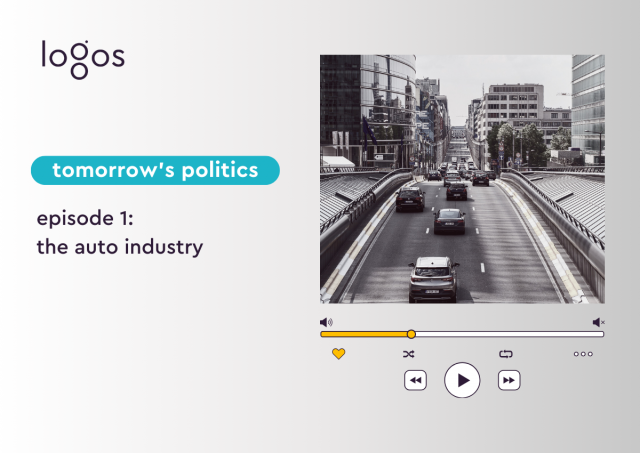
transport
Are vulnerable road users safer today?
From the outset of his tenure, Commission President Juncker set forth a vision for the European Union (EU) to become a world leader in digitalisation.
In terms of transport and mobility, it meant heralding a new era of cooperative, connected, and automated mobility (CCAM). In tandem, the Valetta Declaration (2017) and its “safe system approach” placed safety at the core of transport and mobility policy. Its ethos goes as follows: mistakes are inevitable, so all must be done to ensure that they do not result in serious injuries or fatalities. In principle, any radical changes to legislation needed to enhance, not merely sustain, safety levels.
In a nutshell, digital dominance was the goal and progress towards zero deaths on European roads was a prerequisite. Against this backdrop, CCAM was the apparent panacea.
intentions and actions
In May 2018, the Commission presented a two-fold action plan through the third Mobility Package. Primarily, the focus was on vehicle design and the interrelation of vehicles with other road users. Yet, the main goal was to address ‘’missing aspects” in legislation by reflecting new expectations and augmenting safety standards concurrently.
The first part focused on modernising existing safety rules. It aimed at revising the Directive on road infrastructure safety management to enhance vehicle operating conditions; and updating the General and Pedestrian Safety Regulation (GSR/PSR) to tackle design. To underpin progress towards safer roads, the second part entailed a strategy to advance cooperative, connected and CCAM. The strategy’s philosophy was embedded in the GSR/PSR revision through requirements to equip new vehicles with advanced safety features (see here for more information).
Beneath the headline technology focus, a subtle weight was placed on the ever-so-sensitively-termed vulnerable road users.
et al.
Beneath the headline technology focus, a subtle weight was placed on the ever-so-sensitively-termed ‘vulnerable road users’ (VRUs). The term was devised to account for all road users except cars, vans and trucks, motorised or otherwise. It is defined as ‘’a road user using a two-wheel powered vehicle or a non-motorised road user, such as a cyclist or a pedestrian”. While a central aspect of the first part of the safety action plan, VRUs were afforded a mere single mention in the CCAM strategy.
purpose v practicality
As ever, the devil is in the details. VRUs may still prove to be problematic, partially owing to its catch-all nature and therefore inherent imprecision. According to the latest legislative formalities, VRUs must be systematically accounted for in all road safety management procedures, and manufacturers must design and construct vehicles in a manner which minimises the risk of injury to VRUs. While the requirements are sensible, and agreeable (to most), how implementable are they?
In context, this aspect of the GSR/PSR revision does include detailed requirements. For example, to enhance driver vision and support, manufacturers must adapt the design to improve driver vision or fit vehicles with systems capable of detecting VRUs. Additionally, cars must be designed to minimise the impact of collisions. In support, the proposal on road infrastructure safety management takes a less direct approach. Once finalised, it will set performance requirements for road markings and signs to better incorporate CCAM systems. Presently, much of these changes remain aspirational, to be detailed by Commission in the coming years.
…there has been a missed opportunity concerning urban areas. The best example of which is electric scooters.
feasibility and the future
For VRUs, issues remain. The present definition of VRUs, while precise, retains a high degree of flexibility. Through its broad scope, it will allow the seamless incorporation of the majority of new mobility solutions over time. However, there has been a missed opportunity concerning urban areas. The best present example is electric scooters. Their infectious entrance into Europe’s cities is visible. Now, their staying power on our roads has become evident.
Meanwhile, there is still no specific consideration for them. In truth, VRUs are an indirect element in the legislation mentioned. However, they have been looked at through an outdated and broad lense. Nonetheless, the next chance to reform the applicable legislative and policy framework won’t be for the foreseeable future.




